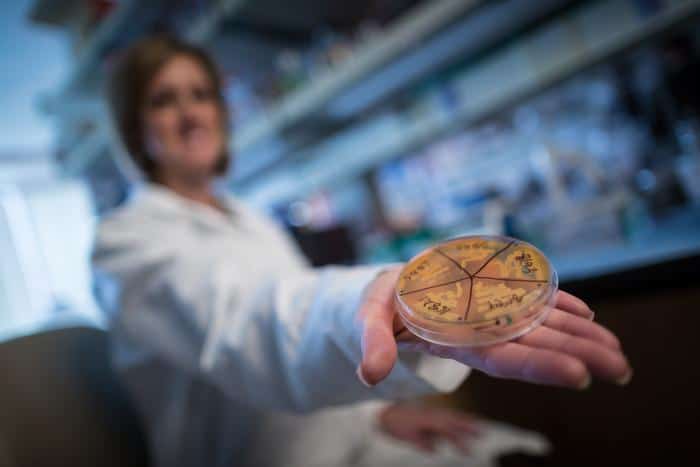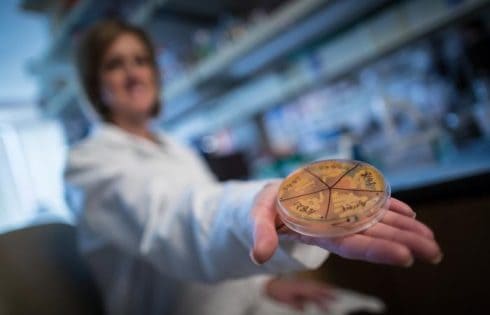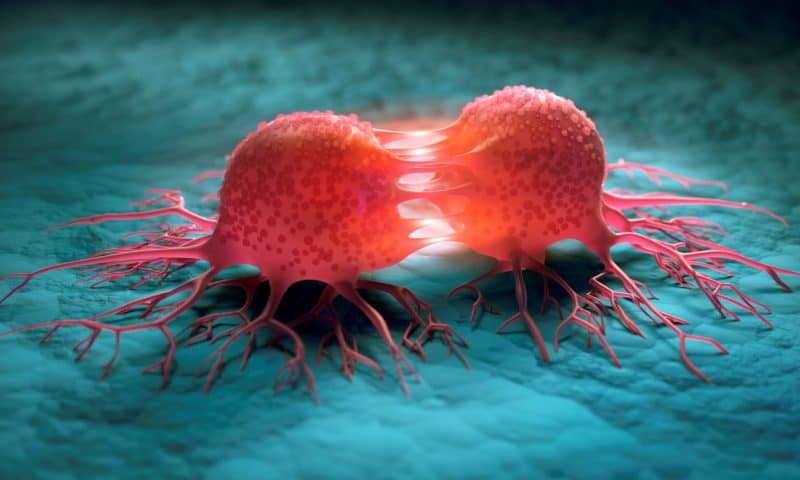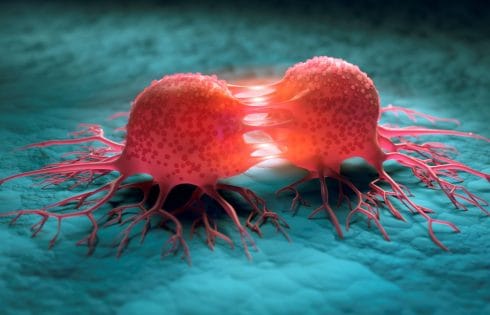Novel enzyme found in gut bacteria could revolutionize prebiotic research

Certain glycans — sugar-like compounds with carbohydrate chains — containing galactose, may exhibit potential prebiotic properties that support human health. Identifying enzymes capable of breaking down these glycans is essential for unlocking their full potential. In a new study, researchers discovered a novel enzyme in the human gut that specifically targets a previously unexplored glycan called β-1,2-galactooligosaccharide, known for their prebiotic benefits. This discovery can open new avenues in prebiotic research, potentially enhancing human health.
Carbohydrate chains, or glycans, are complex sugar-like compounds that play important roles in various biological processes and structures in our bodies. Galactosides are a type of glycan found in plants, animals, and microorganisms. For example, galactosides are present in plant cell walls and in certain types of beneficial sugars known as prebiotic oligosaccharides, which support gut health. Many glycans containing galactose are also added to processed foods like juice and powdered milk due to their potential health benefits. Studying the enzymes that break down these glycans is essential for understanding their prebiotic mechanisms and for improving the way they can be used in food and health products.
β-Galactosidases are enzymes that release galactose from galactosides. However, different β-galactosidases target specific galactosides. These enzymes are found in the intestines of mammals, such as in the human gut bacteria Bifidobacterium, which helps digest complex carbohydrates. Recent studies have shown that another gut bacterium, Bacteroides xylanisolvens, has the potential to utilize a broad range of carbohydrates, though little is known about its exact abilities.
In a groundbreaking study, a research team led by Associate Professor Masahiro Nakajima from the Department of Applied Biological Science, Faculty of Science and Technology at the Tokyo University of Science (TUS), Japan, discovered a novel β-galactosidase enzyme in B. xylanisolvens. This enzyme specifically targets unique galactose-containing glycans which may possess prebiotic properties. The team included Mr. Yutaka Nakazawa from TUS, Associate Professor Hiroyuki Nakai from Niigata University, and Assistant Professor Tomohiko Matsuzawa from Kagawa University. This study was published online in Communications Biology on January 16, 2025.
Discussing the motivation behind their study, Dr. Nakajima explains, “Although there are numerous types of glycans with diverse and complex structures, many glycans still have unknown functionality and potential uses. Since enzymes are essential for the synthesis of glycans, the search for new enzymes is extremely important. Our novel enzyme could be used to synthesize large amounts of unique glycans with prebiotic properties that may be beneficial to human health.”
B. xylanisolvens contains multiple genes encoding β-galactosidases. The researchers identified that one of these genes, Bxy_22780, encodes a novel β-galactosidase. Initially, the enzyme showed no activity towards natural β-galactosides. However, when reactions were conducted in the presence of a nucleophile mutant, α-D-galactosyl fluoride (α-GalF) as a donor substrate, and galactose or D-fucose as an acceptor substrate, the team successfully detected reaction products. Nuclear magnetic resonance studies confirmed that the disaccharide produced in the reactions was β-1,2-galactobiose.
Further studies on the specificity of the Bxy_22780 enzyme revealed that it is highly specific for galactooligosaccharides (GOS), which is a mixture of oligosaccharides with various linkages. Notably, this enzyme exclusively targets GOS that have a specific type of chemical bond, called β-1,2-galactosidic linkages. Kinetic analysis also revealed that this enzyme effectively acts on β-1,2-galactobiose and β-1,2-galactotriose. To understand why the enzyme is selective, the researchers examined the structure of the enzyme using X-ray diffraction studies. They discovered that the enzyme binds to a molecule called methyl β-galactopyranose at a key site called subsite +1. The structure showed that the molecule’s chemical group is positioned in a way that is perfectly suited for breaking down these particular sugar chains. This unique structure explains why the enzyme is highly specific for β-1,2-galactooligosaccharides.
“β-1,2-Galactooligosaccharides and the enzymes are rarely reported. Our discovery is a crucial step toward understanding the functions of these unique glycans, whose roles are largely unknown,” explains Dr. Nakajima. “Furthermore, while there is currently no evidence that β-1,2-galactooligosaccharides possess prebiotic properties, they hold potential in this regard. This enzyme could also open new therapeutic avenues for treating diseases like Chagas disease, caused by a parasite that produces glycans containing these structures.This novel enzyme could therefore not only help improve human gut health but also contribute to developing new life-saving drugs.”
The discovery of Bxy_22780 marks a significant breakthrough in prebiotic research, unlocking exciting opportunities for improving human health. This enzyme could drive the development of innovative prebiotic products to enhance gut health and support digestive functions, offering new opportunities in the food and supplement industries.





























